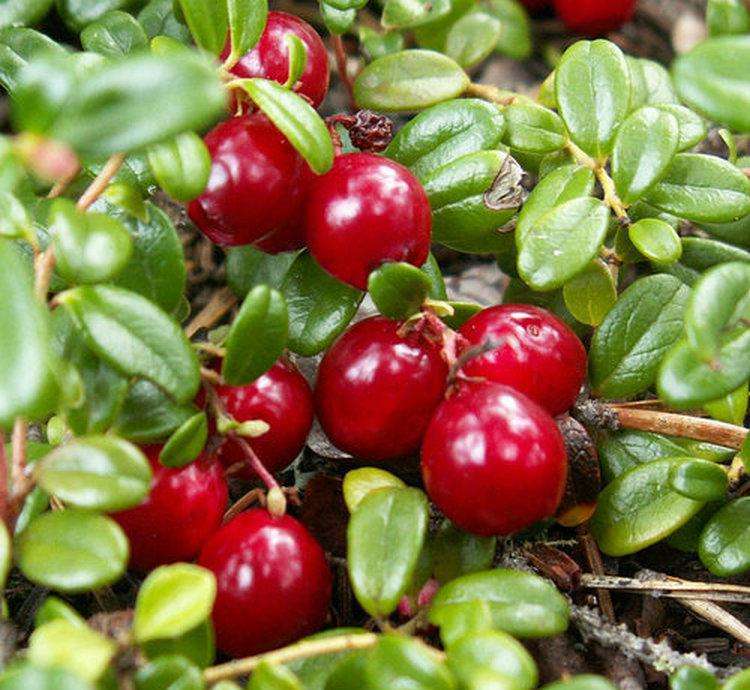Arbutin is a naturally occurring ingredient that derived from the leaves of bearberry, blueberries and cranberries which is accredited for its ability to lighten and fade hyperpigmentation caused by sun spots, acne scars, post-blemish redness and other pigmentation issues. The powerful ingredient is mainly used as whitening ingredient in cosmetics, and has bactericidal and anti-inflammatory effects.
Arbutin can be divided into deoxyarbutin, α-arbutin and β-arbutin by structure. Deoxyarbutin has the strongest anti-melanin effect, but it is prone to release hydroquinone, which may lead to allergies or increase the risk of cancer. Many countries have deoxyarbutin or its toxic metabolite hydroquinone listed as banned ingredients, so it cannot be used in cosmetic products containing deoxyarbutin. Alpha-arbutin is a differential isomer of β-arbutin in which the oxygen-glycoside bond is in the opposite direction in space (as shown below). Physical structure: the rotation of α-arbutin is about 180 degrees, while that of β-arbutin is about -60 degrees. The difference also showed up in whitening results, with alpha-arbutin more than 15 times more effective than β-arbutin.
Alpha-arbutin
Alpha-arbutin is a glycosidic bond with alpha-ectopic form, which has good photothermal stability and no cytotoxicity in safe doses. It does not occur in nature, can only be synthesized by microorganisms or microbial enzymes, and is 10-15 times more effective at whitening than beta-arbutin. Alpha-arbutin is also about eight times more expensive than β-arbutin, which can be extracted from plants or synthesized chemically.
CAS number: 84380-01-8
EC No. : 617-561-8
EINECS/ELINCS: 440-470-8
Molecular formula: C12H16O7
Arbutin (β-arbutin)
Beta-arbutin can be extracted from plants or prepared by chemical synthesis. Studies have shown that β-arbutin extract at higher concentrations may damage cell membranes, has the effect of inhibiting cell growth, and has certain cytotoxicity, while α-arbutin at the same concentration has little effect on cell growth, higher safety, but its cheap, widely used in whitening products. In the case of cosmetics with arbutin added, if it is not specifically labeled as alpha-arbutin, it is more likely to be beta-arbutin.
CAS No. : 497-76-7
EC Number: 207-850-3
Molecular formula: C12H16O7
In a nutshell, the main differences are:
- α-arbutin has a stronger inhibitory effect on tyrosinase activity, and its whitening effect is more than 15 times that of β-arbutin.
- α-arbutin is more stable, no photosensitivity, and even at 100℃ will not decompose; Beta arbutin has a small decomposition over 60℃.
- α-arbutin does not occur in nature and can only be produced by fermentation at a price about eight times that of β-arbutin.
How does arbutin work on your skin?
As we know, once skin melanocytes are stimulated by external ultraviolet light, they will produce tyrosinase, which combines with tyrosine in the body to form dopamine, and finally forms melanin through REDOX, decomposition and decarboxylation reactions. Melanin, the pigment responsible for skin color, is then transported to the basal layer, dermis, epidermis and other skin structure layer, and then with the dander shedding or blood circulation system discharged. However, when there is too much melanin, it can not be metabolized by the body will precipitate in the epidermal layer to form a stain. Some ingredients such as hydroquinone (hydroquinone), arbutin, phenylethylresorcinol, and azelaic acid can effectively block the binding of tyrosinase to tyrosine and inhibit melanin.
Arbutin binds effectively with the enzyme tyrosinase that catalyses the synthesis of melanin. It’s a potent alternative to hydroquinone (which is banned in Europe and Australia) but gentler on the skin. Unlike hydroquinone, which is a strong skin lightening ingredient that can be very aggressive on the skin, arbutin is a safe and natural alternative. In short, beta arbutin works by competitively inhibiting tyrosine. This prevents melanin production, making your skin appear lighter and brighter — as well as fading hyperpigmentation, age spots, sun spots and acne scars.
What is a reasonable concentration of beta-arbutin?
As a new cosmetic whitening agent, the additive mass fraction of β-arbutin in cosmetics is about 1.0 ~ 3.0 %, less than this value on the skin tyrosinase inhibition is weak, whitening effect is not obvious. Greater than this value can significantly inhibit or damage cell growth, resulting in cytotoxicity. α-arbutin can also be used as a whitening agent added to cosmetic varieties, the recommended amount is 0.2% – 5.0%.
It is important to note that arbutin requires a concentration of 7% to be photosensitive, while α-arbutin and β-arbutin are not added to cosmetics in such high concentrations that they do not need to be used in light protection.
- Dandelion Extract: What It Is, Benefits, Uses and Side Effect - April 23, 2024
- Is Berberine Extract Help For Weight Loss? - April 11, 2024
- Why Is Pysllium Husk Powder A Popular Meal Replacement Ingredient? - April 3, 2024




